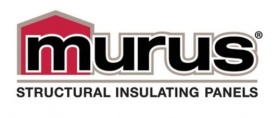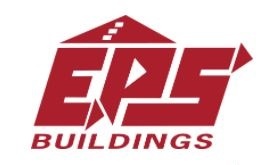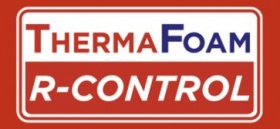Why Do SIP Buildings Require Mechanical Ventilation?
As homes have been insulated and sealed to achieve greater levels of comfort and energy independence, structural insulated panels have proven themselves to be the most cost effective and stable method of construction. Although this simplified process of super-insulation shows positive impacts on the quality, comfort and energy savings of structures, it also creates the need for controlled ventilation. Mechanical ventilation has been proven effective in mitigating fumes from combustion appliances, radon, formaldehyde and even pollutants such as excess humidity and tobacco smoke. Many of today’s indoor airborne pollutants can be effectively controlled, actually increasing the comfort and livability of a structure.
In order to remove the contaminated air, an exhaust is essential. Typically, that exhausted air is then replaced with fresh air from outside the structure. It is recommended that builders and homeowners work with a qualified HVAC professional familiar with ASHRAE 62.2, the standard for Ventilation and Acceptable Indoor Air Quality in Low-Rise Residential Buildings and the local building codes.
Ventilation Resources:
- American Society of Heating, Refrigerating and Air-Conditioning Engineers (ASHRAE)
- Review of Residential Ventilation Technologies (Building Science Corporation)
- Builder’s Guide to SIPs by building expert Joseph Lstiburek
Integrating Mechanical Systems with SIPs Video
In this video, SIPschool founder Al Cobb explains on how to integrate mechanical systems into a SIPs project. Topics include working with mechanicals trades, HVAC analysis and how to control pressure conditions that can lead to backdrafting of combustion appliances.
This video is Lesson 8 in the Building Education with SIPs Training program, of which the entire program is accredited by the American Institute of Architects.

















